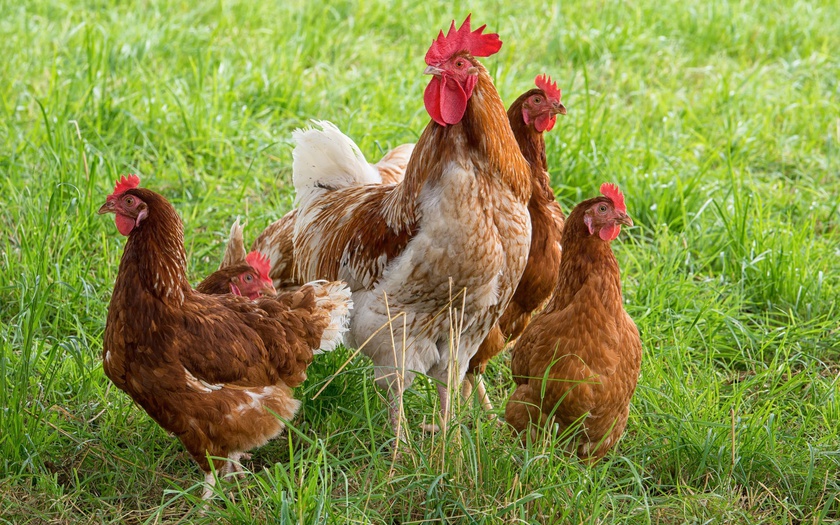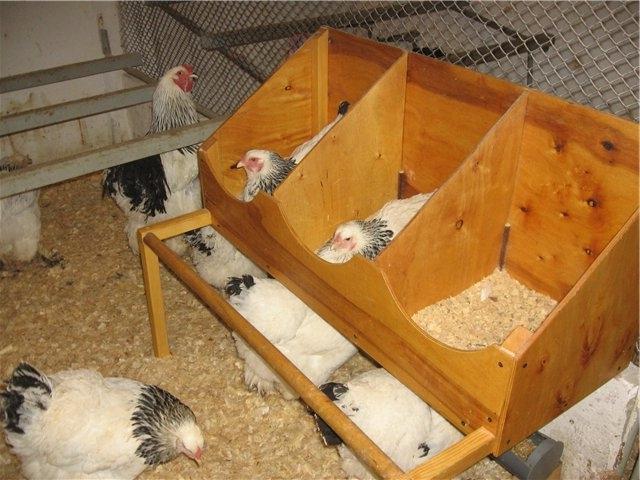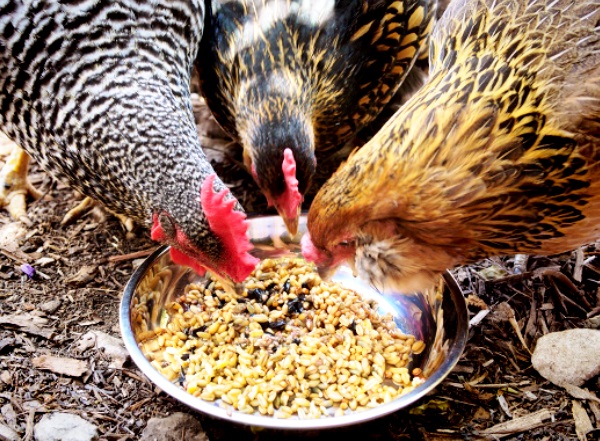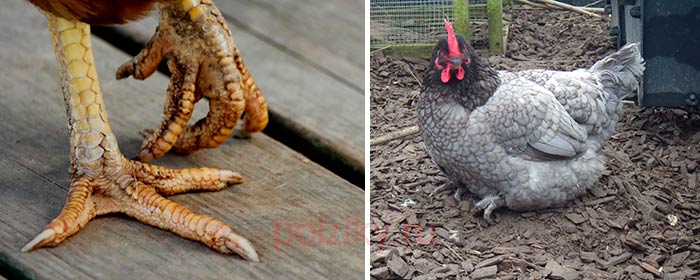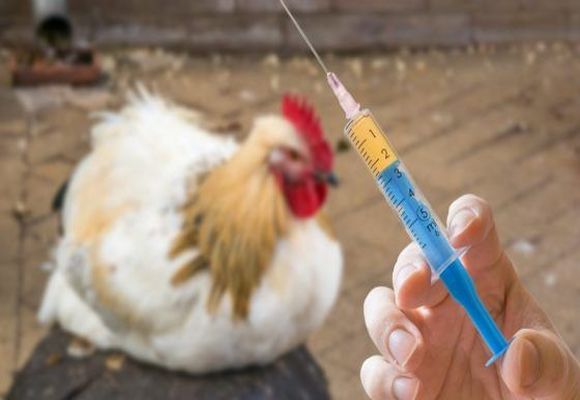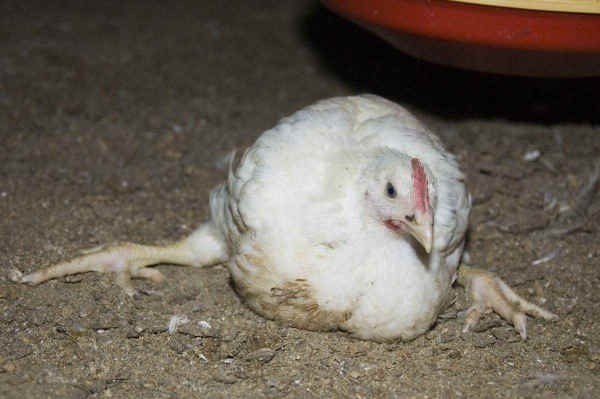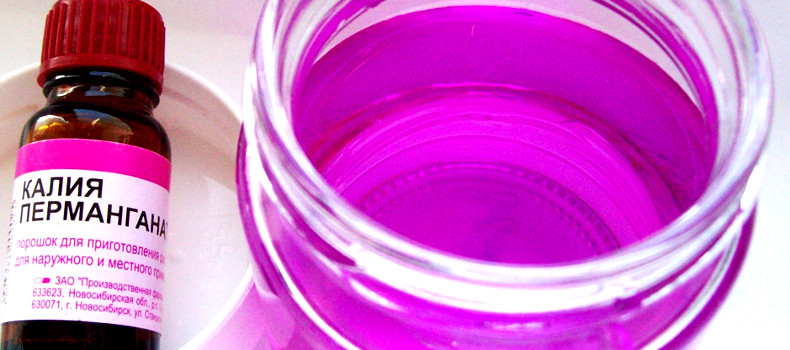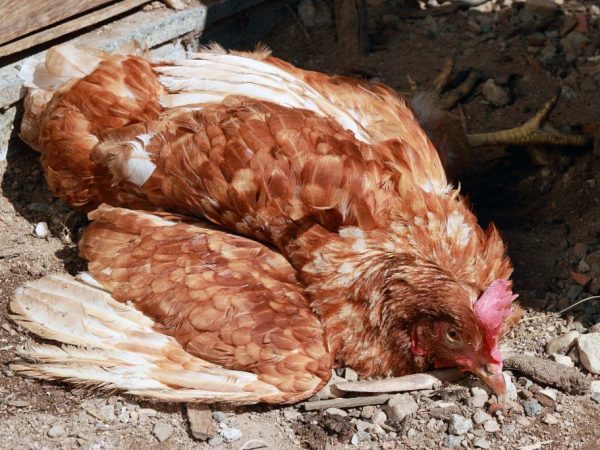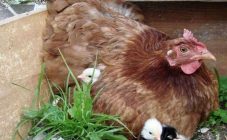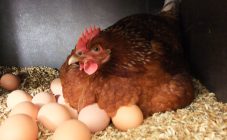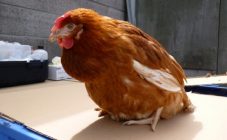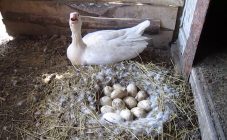Breeding chickens at home brings meat, eggs and feathers to the breeder. To increase the productivity of birds, it is necessary to create the most comfortable conditions for them.
Chicken care rules
The arrangement of the chicken coop and walking area affects not only their productivity, but also the health of the livestock. At home, a bird can be kept in two ways.
In the chicken coop
For its construction, it is recommended to use natural materials or brick. The room should be quite spacious (no more than 5 birds are kept per 1 m2). The hen house must be equipped with a functional ventilation system. For this, a hatch is mounted in the ceiling, the doors of which, if necessary, can be easily opened or closed. It is worth providing good thermal insulation by insulating the walls of the room with a reliable thermal insulation material. Lack of light will not benefit the livestock, there should be windows in the walls. If natural light is not enough, you should take care of artificial one.
The floor of the coop should be slightly sloped. This will make cleaning the room easier. To prevent chickens from freezing in winter, it is recommended to make a flooring of dry grass or straw on the floor.
Laying hens must have a place for laying eggs - nests. To organize them, you can use wooden boxes, the inside of which is paved with straw.
Chickens also need to equip a place where they can rest peacefully - roosts. They can be equipped with wooden slats. The hen should be able to completely encircle the roost with its paw. By carefully cleaning the surface of the wooden slats, it will be possible to prevent damage to the birds' paws.
It is imperative to equip a place for walking chickens. For this, a small area adjacent to the poultry house is fenced off with a net.
During warmer months, experienced breeders recommend providing a canopy over the enclosure for walking. This will give the birds a place to hide from the sun or rain.
Along the perimeter of the poultry house and open-air cage, it is necessary to equip feeders and drinkers for chickens. Drinking water should be changed every day. Do not place drinkers and feeders at a close distance from each other: if water gets into the feeders, it will spoil the feed.
In cages
This option for keeping chickens is compact. It is used by breeders in the event that there is no free space for equipment in the house. One cage can accommodate up to 7 birds (100 cm2 of area per 1 chicken).
Regardless of the option for keeping birds, you need to keep the room clean.
An equally important condition for high productivity and health of birds is their proper nutrition. The diet should contain the minerals and nutrients necessary for chickens. You can buy ready-made combo feeds that contain all the necessary minerals and vitamins, but they are quite expensive.
You can also prepare chicken feed yourself.For this, not only waste from the home table is used, but also cereals, cake, bone meal, chalk, sand, fresh grass, salt, boiled potatoes or beets.
It will not be superfluous to introduce vitamin supplements into the feed. This will help increase the immunity of birds and prevent the development of diseases.
Not only their health, but also the quality of eggs and meat depends on how correctly the diet of chickens is made.
Diseases of the legs in chickens and their treatment
With improperly organized keeping of birds, as well as unbalanced feeding, the possibility of developing leg diseases in chickens is not excluded.
The chicken is limping on one leg, what should I do? There may be several reasons for this problem:
- hurt my paw;
- joint damage;
- injury.
If the chicken is limping in one leg, the reason may lie in the development of the disease - tendovaginitis. In this case, the joints and surrounding tissues become inflamed. Inflammation of the tendons is possible. Symptoms of ailments may include the following signs:
- joints swell;
- the chicken begins to hobble or limp;
- poor appetite;
- drop in egg production.
One of the reasons for the development of these diseases may be the entry of staphylococcus, salmonella or mycoplasma microorganisms into the wound. In this case, tumors form on the paws, they become hot to the touch.
You can get rid of the disease through antibiotic therapy: ampicillin, penicillin or sulfadimethoxine. It is also necessary to ensure the correct conditions for keeping the birds.
If a chicken paw is swollen, what should I do? The first step is to establish the exact cause of the problem.
If chickens have scaly growths on their paws, this may indicate the onset of a disease such as knemidocoptosis (the disease is also known as calcareous limb). Its causative agent is the itch mite, which parasitizes under the scales of chicken paws. The reason for the multiplication of ticks is the lack of hygiene in the hen house or the contact of a healthy chicken with an already infected one. Outwardly, white neoplasms are visible on the limbs of chickens. Knemidocoptosis in chickens can also be accompanied by purulent discharge. With the development of the disease, the chicken becomes restless. This is due to the fact that her paws are constantly itching, the itching brings inconvenience. The skin on the feet becomes very tough. The paws begin to hurt a lot, which makes it difficult for the birds to move.
The first stage of knemidocoptosis proceeds practically without any symptoms (in some cases, there is a slight limp of the chicken or rooster). The second stage of the disease is clearly visible: calcareous growths are visible on the feet of birds.
The growths on the paws are treated by periodically treating them with medications:
- ectomin,
- trichlormetaphos,
- butox.
The reason for the development of perosis in young chickens is an insufficient amount of manganese, choline, riboflavin, biotin or nicotinic acid in the diet of chickens.
The development of the disease is accompanied by a violation of the synthesis of proteins and fatty acids.
A sick bird loses the ability not only to move, but generally to stand on its feet. Severe pain leads to loss of appetite. Chicks quickly lose weight, become inactive, and after a while die. If an infected laying hen lays an egg, a chick already sick with perosis will hatch from it.
It is recommended to treat perosis in chickens by soldering them with a weak solution of manganese (1 g per 10 liters of liquid), add choline, chopped clover or alfalfa to the food.
The development of arthritis explains why chickens have crooked toes. The cause of this disease is the use of an unbalanced feed or an insufficient amount of vitamin B. The main symptoms of the disease are the following signs:
- lameness of chickens;
- loss of the ability to move;
- swelling of the joints;
- increased temperature in birds;
- the formation of blisters and bumps at the joints.
A bump on a chicken paw looks like a large wart, which causes severe inconvenience to the hens. A sick bird eats poorly and quickly loses weight. If medical therapy is not carried out in a timely manner, it is possible that the chicken will die from exhaustion.
Many inexperienced breeders are worried about why seals appear on the paws of chickens, from which purulent fluid is released. Such a problem appears as a result of the development of such a disease as uric acid diathesis - this is a violation of the metabolic process, which leads to the accumulation in the cells of the body of a large amount of salt and urea, which are produced by the liver and kidneys. There is no way to cure the disease. In large production, approximately 15 - 20% of the total livestock are sick. The initial stage of the disease is asymptomatic.
The cause of the disease in chickens lies in the lack of vitamins A, B6, B12, which leads to disruption of the functioning of the epithelial cells of the kidney tubules. The disease has the ability to manifest itself in both adults and young birds. Veterinarians note that uric acid diathesis can be in the body of birds in a dormant state. In the case of exposure to certain factors (hypothermia, unbalanced nutrition, the presence of chemical additives in food, insufficient intake of liquid by birds, high calcium content in food), the disease begins to intensify. At the initial stage, the symptoms of the disease in birds are not manifested. At the second stage, birds show the following signs of the disease:
- white diarrhea;
- drop in egg production;
- lethargy;
- poor appetite.
If you do not start immediate treatment, the sick bird may die. This is because uric acid salts are deposited on the walls of the internal organs. The longer the chicken is sick, the thicker the sediment layer. In addition, a white slimy mass is formed in the ureters.
Since irreversible processes occur as a result of the development of the disease in the body of birds, it is not possible to cure it. Only if the disease is at an early stage, you can try to save the chicken. For this, it is recommended that the birds be soldered with a solution of bicarbonate of soda, Carlsbad salt, urotropin or novatophan. Only in combination with therapeutic therapy and balanced nutrition can a positive result be achieved. To do this, the food should have a sufficient amount of protein, vitamins A, B6, B12.
To avoid the development of the disease, only high-quality and balanced feed should be used for feeding birds, which do not contain chemical additives and mycotoxins.
In order to reduce the possibility of developing leg diseases in chickens, it is necessary not only to provide the necessary conditions for keeping birds, but also to choose the right diet.
